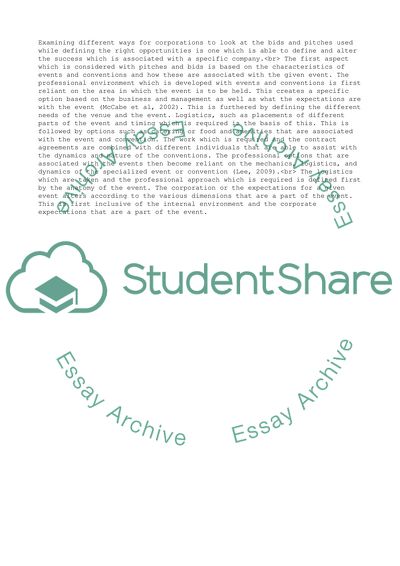Cite this document
(Conference and Events Planning Coursework Example | Topics and Well Written Essays - 3000 words, n.d.)
Conference and Events Planning Coursework Example | Topics and Well Written Essays - 3000 words. Retrieved from https://studentshare.org/management/1767216-conference-and-events-planning
Conference and Events Planning Coursework Example | Topics and Well Written Essays - 3000 words. Retrieved from https://studentshare.org/management/1767216-conference-and-events-planning
(Conference and Events Planning Coursework Example | Topics and Well Written Essays - 3000 Words)
Conference and Events Planning Coursework Example | Topics and Well Written Essays - 3000 Words. https://studentshare.org/management/1767216-conference-and-events-planning.
Conference and Events Planning Coursework Example | Topics and Well Written Essays - 3000 Words. https://studentshare.org/management/1767216-conference-and-events-planning.
“Conference and Events Planning Coursework Example | Topics and Well Written Essays - 3000 Words”, n.d. https://studentshare.org/management/1767216-conference-and-events-planning.


